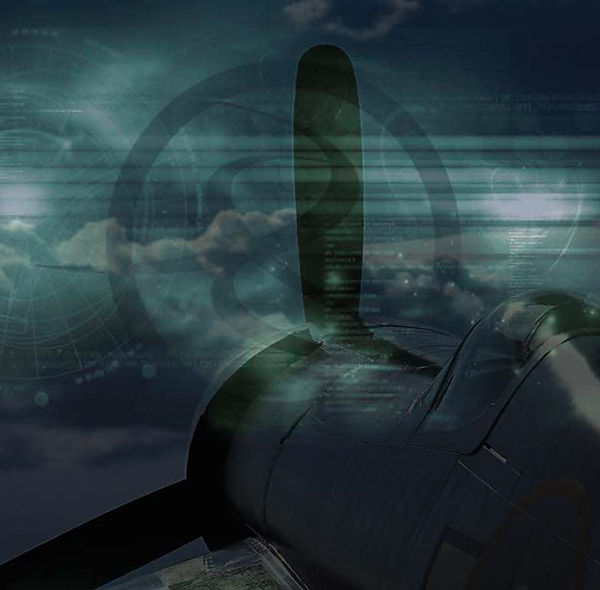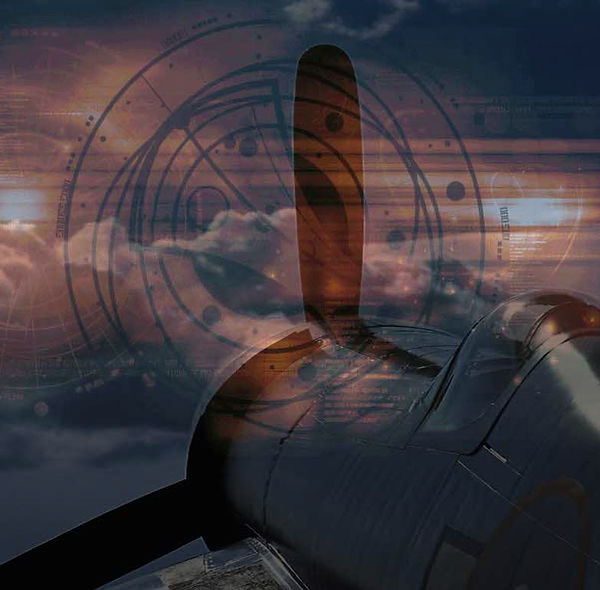
Hold your pointer on a tab in the menu on top of the page to view and handle the sub menus.



F4U-4 Corsair (*)
Some of the potential in the XF4U-3 was realized in the F4U-4, without most of the attendant problems. Aside from increased power, much of the collective input from factory and military pilots regarding handling characteristics were absorbed , the Corsair still was a demanding aircraft to get aboard. The layout gave more thought to instrument grouping for pilots, and enhanced mechanic "user friendliness". The new F4U-4 Corsair promised even better carrier landing. The F4U-4, with a rate-of-climb of nearly 4,000 feet per minute and a service ceiling of 41,500 feet, was the Navy’s answer to the much improved Japanese fighters that were arriving in the Pacific. Five F4U-1 were taken off the line and modified. Seven prototypes (BuNos 49763,50301, and 80759-763) were built to iron out the challenging task of mating Pratt and Whitney's more powerful Series to the bigger air frame. The first prototype, designated XF4U-4XA, was flown on 19 April 1944, with the second (XF4U-4XB) in July. The new corsair was clocked nearly 25 knots faster than the F4U-1 series, making 379 knots (446 MPH, 726 km/h) at 26,200 feet. The F4U-4 and the F4U-4B differed only in that the F4U-4 was armed with six .50- caliber Browning machine guns with 2400 rounds of ammunition, while the F4U-4B had four M-3 20-mm cannon with 924 rounds of ammunition. A year later production aircraft were chasing kamikazes at Okinawa. The F4U-4 arrived late in WWII, and served only during the last four months of the conflict. The war of the F4U-4 was the Korean war, served mainly as a fighter-bomber.
Vought first flew the semi-final version XF4U-4 on 7 October 1944 , the first F4U-4 was delivered to the US Navy on 31 October 1944.The F4U-4 probably had more variants than any Corsair model. Empty weight of the F4U-4 was 9,205 pounds, the increase in pounds being additional armor plate. Gross weight of 14,670 pounds, with external stores accounting for most of the difference. There were two major changes that differentiated the F4U-4 from the F4U-1 D which preceded it. First, the engine, Second, the cockpit interior was completely redesigned. These two changes also differentiated the cannon armed F4U-4B from the previous F4U-1C. The F4U-4 was powered by C-series Double Wasp engine. The installed model was the R-2800-18W, later replaced by the R-2800-42W. The "W" suffix on the model 18 engine, of course, referred to water-methanol injection which permitted higher combat power settings for limited periods.
In order to make full use of the F4U-4's engine, a bigger four-blade propeller from Hamilton-Standard was installed to optimize the potential ,witch replaced the three-bladed one of the F4U-1.Because pilots would be pulling more power from the R-2800-18W, the engine required redesign to higher performance than had previously been needed.This new engine resulted in four more physical changes to the forward and lower fuselage. The engine had a larger cylindrical crankcase with numerous bolts holding the assembly together.
The increased air requirements for the more powerful engine necessitated the addition of a scoop at the bottom of the cowl ring. The exhausts were redesigned. Instead of having three stubs located together on each side of the cowling, two stubs were moved to a position above the level of the wing on each side of the forward fuselage. The vent door for the engine accessory compartment and intercoolers was completely redesigned. This door was located just after the cowling on the underside of the aircraft.
During the F4U-4 production, the last one was delivered in August 1947,by the end of 1944, Chance Vought was turning out 300 Corsairs a month, or one complete airplane every 82 minutes. A total of 5,380 F4U’s were built during the year. The cockpit was redesigned again. Beside the earlier rounded windscreen , it now incorporated a flat, bullet-proof windscreen , a revised canopy, an armored seat, and an improved instrument panel. Previous Corsair variants had a floorless cockpit with two foot troughs below the rudder pedals. With the F4U-4 and F4U-4B, a floor was added, and items on the sides of the cockpit were rearranged on side con soles. A center console was added below the main instrument panel, it extended to the floor between the rudder pedals. The conventional seat was replaced with a seat bucket, while the back of the seat was formed by armor plate that was attached to the rear bulkhead. The armored pilot's seat now was hinged to provide easier access to the radio .The increase in speed and power was not gained without some penaltys.
F4U-4 Corsairs were fighter-bombers in every sense of the word. During the operational service of the F4U-4, pylons or rails we re designed that could be attached to the outer wing panels in place of the zero-length rocket stubs. Aside from pylons for two 1,000-pound bombs, they had four sets of zero- Iength rocket rails beneath each wing. The combination of a fast and rugged aircraft with a variety of weapons rendered the F4U-4 a powerful weapon in both World War Two and Korea.
(*) : Index - References - Notes - Citations